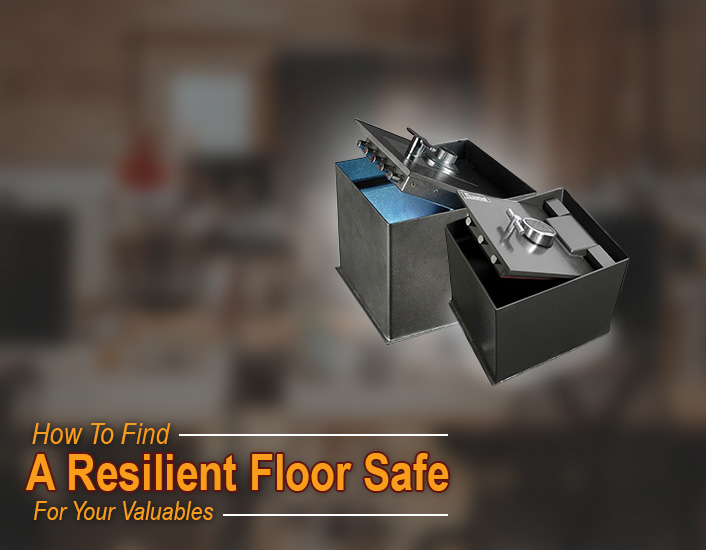How To Find A Resilient Floor Safe For Your Valuables
A floor safe, also known as an in-floor safe or a floor vault, is a safe that is embedded into the floor with a concrete foundation. Although a small home safe is probably sufficient to protect your valuables, having a floor safe can be a more effective way to protect your valuables from theft, fire, flood, and other natural calamities. It is difficult for intruders to find and, because of its complex installation, removing it from the floor requires significant efforts. If you are planning to purchase a floor safe soon, keep these floor safe buying tips in mind:
1. Determine its weight and thickness.
Look for a heavy floor safe with a thick solid steel door and walls. The safe you need to choose must have a minimum of a 1/2" thick solid steel door and a 1/4" thick solid steel body. Thicker steel is absolutely harder to break. Since solid steel is heavy and expensive, some overseas manufactured safes cut shipping costs by making safes using thin sheet metal wrapped around wood or drywall to make them look thick and strong. Be wary of safes that don't indicate "solid steel" for their door and wall materials. A tough, solid steel safe is heavy, with thick doors and walls, giving it the base ability to protect your valuables from burglary.
2. Make sure to get a safe with a UL approved lock.
Find a floor safe with a UL approved lock. These locks meet the basic requirements for durability. They offer a strong degree of resistance from being opened by unauthorised people. They are usually strong enough to prevent expert safe manipulation techniques.
3. Look for a solid door jamb.
Find out if the floor safe has a continuously welded jamb. Tack weld jambs quickly give in once their doors are being directly beaten. Tack welding is an easier way to build a safe, but it also makes it exceedingly vulnerable. The best way to check for a solid door jamb is to look at the outside walls of the safe. Continuously welded safes will have a weld line about 2" below its top edge. Tack welded jamb bars will have no weld lines visible at all.
4. Check the safe's fire rating.
Fire ratings are indications of how long and at which temperature your safe can withstand the fire. Quality fireproof safes should be able to weather at least 350 degrees Fahrenheit. This is the recommended temperature for storing cash and paper documents. During a fire, your money will begin to char at around 387 degrees and will completely burn at 451 degrees. Maintaining a temperature below 350 degrees Fahrenheit for 30 minutes or more could help save your belongings. If you are planning to store digital accessories like hard drives and USBs, the safe needs to have a minimum rating of 150 degrees.
5. Verify if it has re-lockers.
Re-lockers are hardened pins that cannot be retracted easily when triggered by an attack. Quality safes will have re-lockers to make sure that your safe remains locked in case of an emergency. It will take hours of drilling to open a safe with a re-locker. Re-lockers work best with safes that have solid steel doors and walls. Otherwise, these pins will bend right through the safe's door jamb when manipulated by something as simple as a crowbar.
Getting a floor safe is surely a wise investment to ensure that all your money and personal belongings are kept securely. Finding one, though, could be a challenge for first-time buyers. Just follow these floor safe buying tips to guide you in choosing the most effective and resilient floor safe for your needs.
Buy A Safe
For more information on floor safes and other related products, consult our experts at 1300 405 200. We are more than happy to provide more floor safe buying tips and assist you with choosing the best safe location, proper installation, and lock maintenance.

